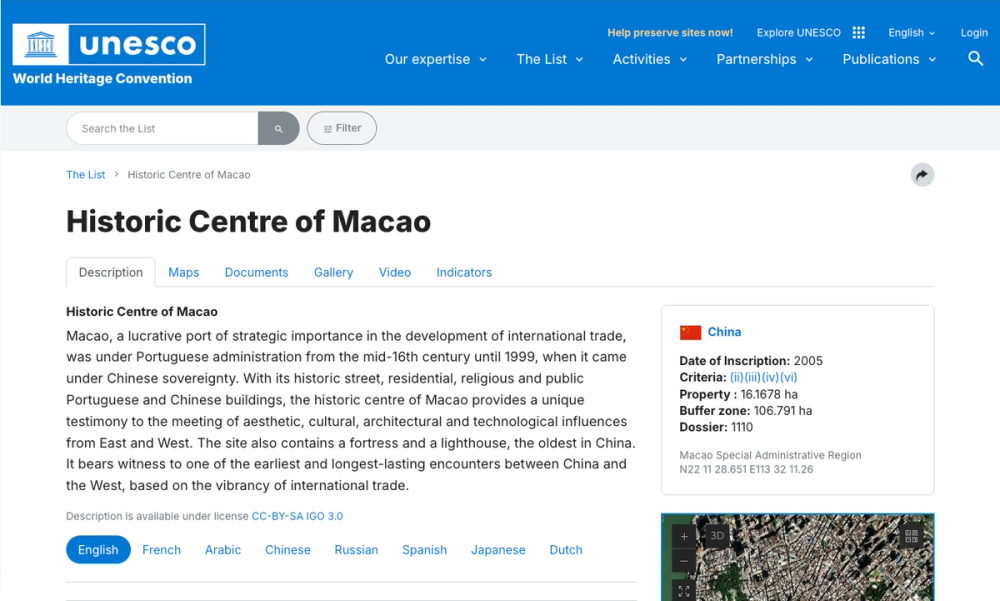Historical Significance
Senado Square has served as Macau’s civic and cultural hub since the 16th century, named after the Leal Senado (Loyal Senate), the former Portuguese municipal headquarters. It witnessed key colonial ceremonies and remains a focal point for public gatherings, embodying Macau’s East-meets-West heritage.
Architectural Highlights
The square’s 3,700㎡ triangular plaza features:
- Wave-Patterned Pavement: Iconic black-and-white cobblestones laid in traditional Portuguese style, extending to adjacent streets like Rua da Felicidade.
- Central Fountain: A modern celestial globe sculpture replacing a colonial-era statue, symbolizing Portugal’s maritime legacy.
- Surrounding Landmarks:
- Holy House of Mercy (Santa Casa da Misericórdia): Asia’s oldest charity (1569) with a Baroque facade and museum.
- St. Dominic’s Church: A 16th-century yellow-and-white church housing sacred Marian statues.
- Macau Post Office: A neoclassical gem with a clock tower.
Cultural Vibrancy
- UNESCO World Heritage: Part of Macau’s Historic Centre (2005).
- Festivals: Hosts the Macau Lotus Festival (June) with 3,000+ lotus displays, Lunar New Year lanterns, and Christmas markets.
- Culinary Hub: Home to Lord Stow’s Egg Tarts and Tai Lei Loi Kei Pork Chop Buns.
Visitor Tips
- Best Time: Visit at night for illuminated facades or weekdays to avoid crowds.
- Nearby Attractions: Walk to the Ruins of St. Paul’s (10 mins) or A-Ma Temple.
Senado Square is where Macau’s colonial past and modern energy collide, offering a sensory feast of architecture, history, and culture.




